Public Talk in Stornoway
June 17, 2016
On Tuesday 14 June 2016 a public talk titled ‘Extreme Weather on the Edge of the World: School log books and Hebridean Life’ was given at the new Lews Castle Museum and Archive, Stornoway (http://www.eventbrite.co.uk/e/extreme-weather-on-the-edge-of-the-world-school-log-books-and-hebridean-life-tickets-25228396814?aff=ebrowse). Forty one people attended the event, which outlined on-going research being conducted by the project team comprised of Drs. Simon …
Sources in focus: estate correspondence
February 29, 2016
Since Christmas I’ve been spending some time over at the University of Nottingham’s Manuscripts and Special Collections, looking more closely at their weather-related holdings. A large proportion of the documents I’ve so far consulted have been letters. Corresponding about weather The weather is a popular topic of conversation, and, in a similar way to diaries, …
School log books as a source for investigating extreme weather events in the Western Isles during the late nineteenth and early twentieth centuries.
August 24, 2015
School Log Books The main historical source material being consulted for the north-west Scotland case study are school log books, the keeping of which became compulsory after The Education (Scotland) Act of 1872 which sought to standardise education through the establishment of school boards in a region that was predominantly Gaelic speaking and where education …
The effects of weather extremes on the railways of Britain past, present and future.
May 4, 2015
The winter of 1963. In November 2014 I visited The National Archives (TNA) at Kew in London to undertake a period of focused research concerning the impact of the extreme winter of 1963 on British agriculture. Whilst considerable attention has been paid to the winter of 1947-8, less work has considered the effects of subsequent …
Sources in focus – Newspaper reports of extreme weather in the Western Isles in the nineteenth and twentieth centuries (part 2).
February 10, 2015
Sources in focus – Newspaper reports of extreme weather in the Western Isles in the nineteenth and twentieth centuries (part 2). ‘Sources in focus – Newspaper reports of extreme weather in the Western Isles in the nineteenth and twentieth centuries’ part 1 (https://blogs.nottingham.ac.uk/weatherextremes/2014/11/28/sources-in-focus-newspaper-reports-of-extreme-weather-in-the-western-isles-in-the-nineteenth-and-twentieth-centuries-part-1/) explored the impact of extreme weather on ferries and shipping. Following on …
Sources in focus – Newspaper reports of extreme weather in and around Stornoway and the Western Isles in the nineteenth and twentieth centuries (part 1).
November 28, 2014
Sources in focus – Newspaper reports of extreme weather in and around Stornoway and the Western Isles in the nineteenth and twentieth centuries (part 1). Since the project started in December 2013, blogs have highlighted several categories of historical sources which can provide evidence of past extreme weather events, for example, diaries and parish registers. In …
Getting into the archive – Weather and the Great Estate: the recording of rainfall at Chatsworth House, Derbyshire, 1760 to the Present
September 5, 2014
Agricultural societies, farmers clubs and contemporary literature in the eighteenth and nineteenth centuries. In the eighteenth and nineteenth centuries, agriculturalists, landowners and farmers in Britain were increasingly literate and open to new ideas, leading to the growth in the number of farming books and the establishment of agricultural periodicals. Literature concerning agriculture and rural life …
Getting into the archive: John Harrison’s notebook
August 15, 2014
Meteorological phenomena were understood and comprehended differently at different points in time. In the early modern period, for example, detailed descriptions of violent storms, unusual displays of the northern lights, the shape of hailstones, or extremes of cold, heat, flooding or drought, especially in as much as such events disrupted normal everyday life, were …
St Kilda: Extreme Weather on the Edge of the World
August 4, 2014
St Kilda: an island community’s perception of weather St Kilda is an isolated archipelago forty-one miles west-northwest of North Uist in the North Atlantic Ocean comprising the islands of Hirta, Soay, Boreray and Dun, as well as several sea stacks, and are the westernmost islands of the Outer Hebrides of Scotland. It is an interesting …
Getting into the archive – The Buildwas Earthquake of 1773: an earthquake or a landslip?
June 30, 2014
Cartographic and textual sources Early in the morning of the 27th May 1773, a remarkable earthquake or rather landslip occurred at a place called ‘the Birches’ located on the hillside above the River Severn between Buildwas and Coalbrookdale, Shropshire, not far from the site of the present day Ironbridge power station (see featured image above). …

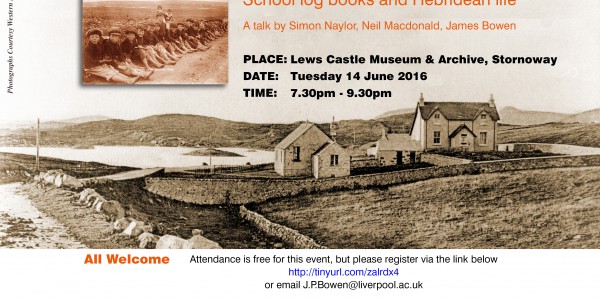

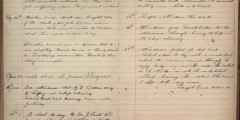
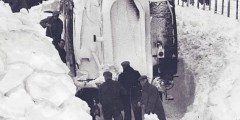
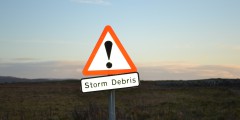
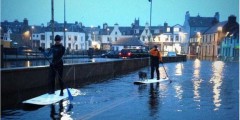
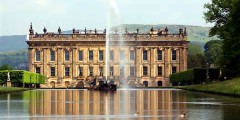
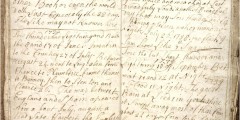


Recent Comments